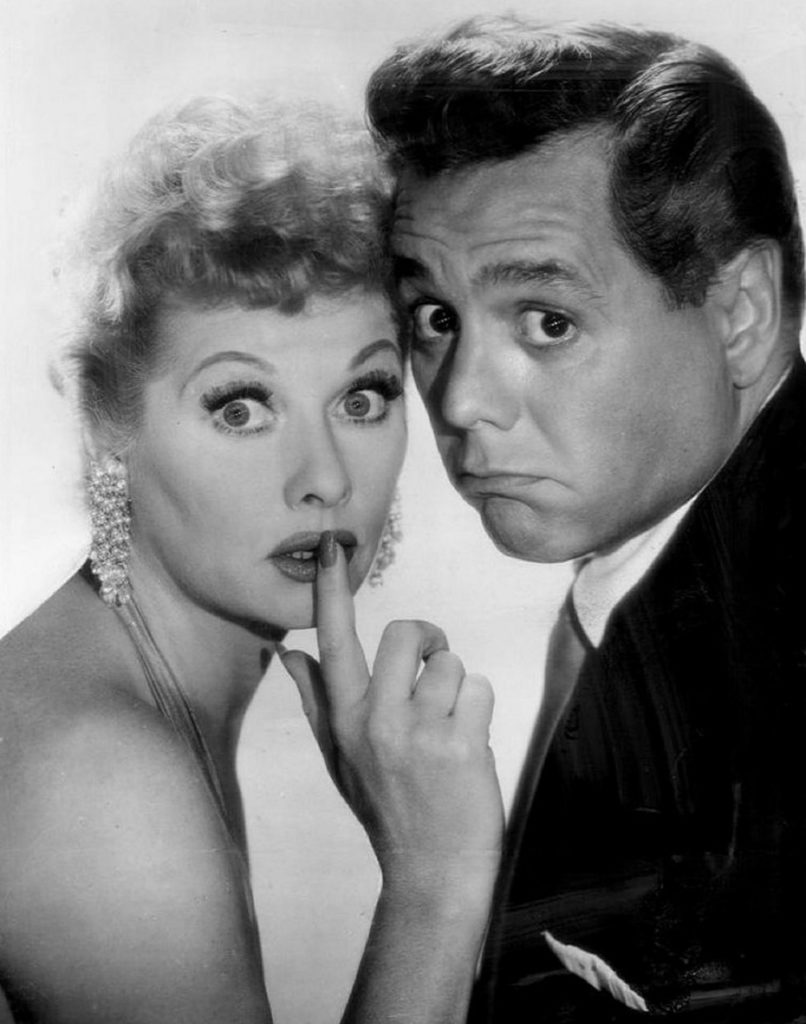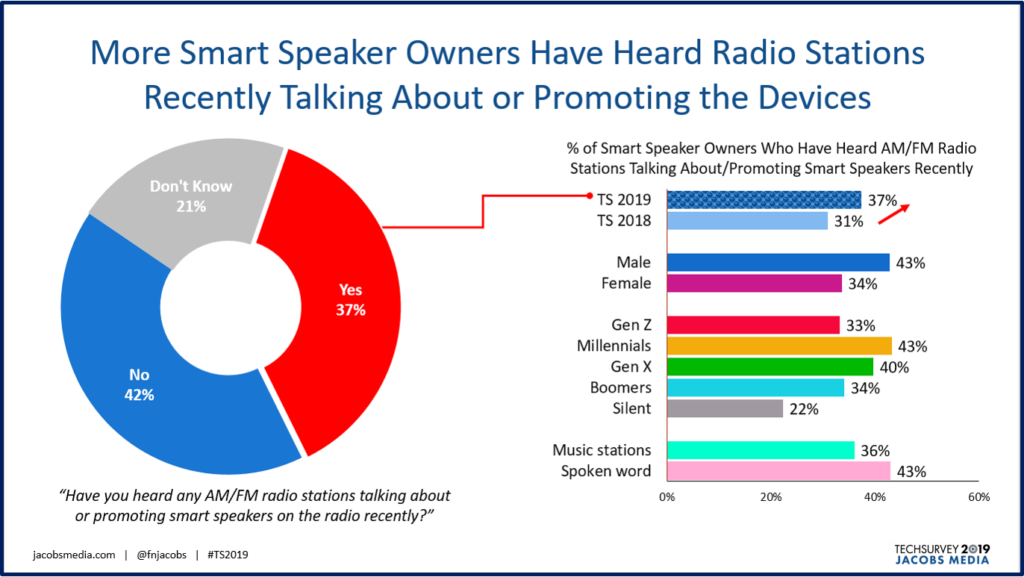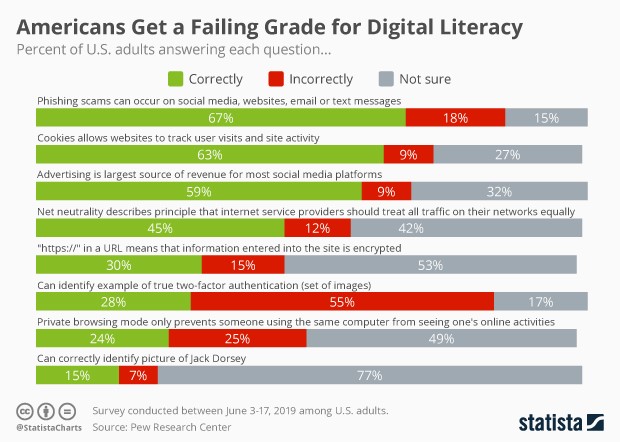
What is the history of “‘splainin’?”
I’m not a linguistics expert, but I’m pretty sure that the term (now often used in the context of “mansplainin'”) may have been derived from TV bandleader, Ricky Ricardo back in the 1950’s on the “I Love Lucy” show. After all, when you’re married to a woman capable of wacky hijinks 24/7, anything can happen, and often does.
Thus, the phrase, “Lucy, you got some ‘splainin’ to do,” became a catchphrase that has just stuck.
That’s why when I think about radio’s unique challenge in the expanding world of media and technology, I can’t help but thinking about those wacky Ricardo’s.
Maybe we just call it “radiosplainin’.”
That’s where radio stations build out content on other platforms – streams, apps, podcasts, videos, smart speakers – but fail to clearly communicate them to their audiences. Of course, not everyone has the desire or the access to all these channels. But among the growing legions of consumers who are making smart use of technology and gadgets, many would be thrilled to know your station has presence on these platforms – if they just knew about it and could figure out how to make it work.
And because some of these technologies have their share of complications, it is often helpful to provide step-by-step instructions about how to use these new tools.
But it starts with awareness. As we continue to learn in our Techsurveys, for example, many core radio listeners are unaware their favorite stations are available on smart speakers.
To quantify this, we asked our 50,000+ respondents earlier this year if they’d recently heard their go-to station promoting smart speakers like Amazon Alexa or Google Home.

While awareness is on the rise, fewer than four in ten say they’ve heard their favorite station promoting their availability on gadgets like Amazon’s Alexa or Google Home – despite the fact more people are listening to broadcast radio on these devices.
And Techsurvey is made up of core radio listeners. Imagine how P2s, P3s, and cumers would have responded to the same question.
It’s important not to over-estimate the tech knowledge of your audience (or your advertisers). A new Pew Research Center survey reveals what you probably suspect – most Americans are not the least bit computer literate, unable to explain basic concepts about the web and how it works. While most were correct about the basics of phishing scams, cookies, and social media ads, other fundamental facts eluded them. Thus, not taking their overall knowledge of how to use Alexa, navigate apps, or access podcasts for granted goes to the heart of “‘splainin'” and why it’s so important to radio.

Last month, we blogged about Spotify’s efforts to “teach” their users the various new ways in which to access their services in cars – a key factor in growing that platform’s presence in vehicles.
So, when I ran across a blog post by Voices.com – a company that specializes in voiceovers for brands like Microsoft, the History Channel, and others – “How to Create Explainer Videos” – it caught my attention.
They describe these video productions as teaching tools companies can use to create “bite-sized information in an exciting way.”
Voices.com’s Lubna Umar lists several key elements that go into creating effective “‘splainer videos.”
- Keep ’em short – In a PPM world, we know what this is all about. And most of us immediately look to the bottom right corner of videos to check out their length, instantly deciding whether we want to invest the time to watch them. The same hold true for these videos.
- Keep ’em simple – As we know every time we watch a DIY video on YouTube, the simpler and more basic it is, the better we learn.
- Focus on pain points – That is, understand and anticipate concerns listeners may have about the technology. In the case of smart speakers, for example, many people are wary of their privacy – something the video can effectively address.
- Bake in the quality – The idea of using security cameras and even smartphones to create these videos is being replaced by the need to not lose viewership because of shoddy quality. These mini-productions don’t need to be super-slick, but they should be well-written, nicely produced, and easy to watch.
- Use the brand colors – In radio, this goes without saying. Obviously, strong logo presence is essential, too. Branding matters.
- Use a pro voice – Again, this is Radio 101. And here’s where stations have an edge. Using a trusted, entertaining well-known station personality to host “‘splainer” videos that get their messages across is obvious.
- Take the time to write a great script – It starts with strong writing, but also planning out the look, feel, and path of the video to ensure it’s clean, clear, and memorable.
And with radio in mind, here are four additional tips:
- Don’t get too cute – There’s a tendency to make these videos funny or clever. But if the humor obscures the message and the clarity, you’ve wasted an opportunity. People will watch the video and maybe enjoy it, but they may not learn the essentials.
- Make them easily shareable – Clearly, posting videos on a station website, as well as all social media channels and encouraging your audience to share them with others is always a wise move. When you’ve produced an effective one, boost these posts on social media to optimize their effectiveness.
- Send them to your email database – But not as one of many items in a long newsletter. If you put the time and effort into producing a great “‘splainer video,” make it the focal point of the email. And experiment with different subject lines to determine the one that drives the highest open rates.
- Measure your results – What’s working, what’s not, and how much progress are you making in hammering home the point of your videos? What can you learn from an initial campaign that informs your next efforts.
One of my favorite examples of a smart “‘splainer video” for radio was produced by NPR when the smart speaker craze was just lifting off. Rather than turning the spotlight on one of their personalities, they used simple animation to get their message across in well under one minute:
But they also use their personalities. Here’s host and podcaster, Sam Sanders, test-driving a new quiz for the network’s hit show, “Wait, Wait…Don’t Tell Me!” You do get the idea that it can be fun to interact with smart speakers in a familiar NPR program framework.
Not surprisingly, Amazon has excelled with “‘splainer videos,” and the one below isn’t a Tarantino production. It is well produced, and gives you the basics of how Amazon Go stores work – a concept they’ve been rolling out in more and more markets. The video (under two minutes) makes it simple to grasp the concept, as well as making the concept attractive, simple, and tempting to try.
Whether it’s a walk-thru video for your app, a quick tutorial about using smart speakers to listen to your station, or previewing your next podcast, radio “‘splainer videos” are a smart way to go – tools consumers are getting used to watching to get more out of their entertainment and information usage.
The more radio broadcasters invest in the digital tool kit, the more they need to focus on how to market these features – to listeners and to advertisers. It’s one thing to create new tools for both audiences; it’s another to create a smart communication strategy.
“Radiosplainin’ – it goes to the heart of expanding usage, right Lucy?
- What To Do If Your Radio Station Goes Through A Midlife Crisis - April 25, 2025
- A 2020 Lesson?It Could All Be Gone In A Flash - April 24, 2025
- How AI Can Give Radio Personalities More…PERSONALITY - April 23, 2025




We don’t have a ‘splainer video — yet — but our website has a page that tells listeners how to hear us on Alexa, and promos on the air directing people to it.
Finding a way to get the videos done is my biggest challenge. Time to find some video tutorials on that, I guess. 🙂
Don, they are easier to produce than ever. Sometimes it comes down to making sure that next DJ hire (or intern recruit) has these skills. Kudos for the website page. Videos are the next step, and I hope you’re able to produce them.
I think the vast majority of radio listening is because it isn’t digital. Start your car an it’s there and it’s free. I don’t think radio programming stands up once it’s at access parity with other music options.
I know I’m in the minority here, but I think radio loses without easiest access. Other platforms highlight radio’s comparative weaknesses way more than they promote more radio listening IMO.
I think it needs to feature both, Bob. Yes, easy access goes a long way toward explaining the medium’s historical success. But for fans of stations & personalities, these other assets are becoming table stakes – especially for those who no longer have “regular radios” in their homes or workplaces